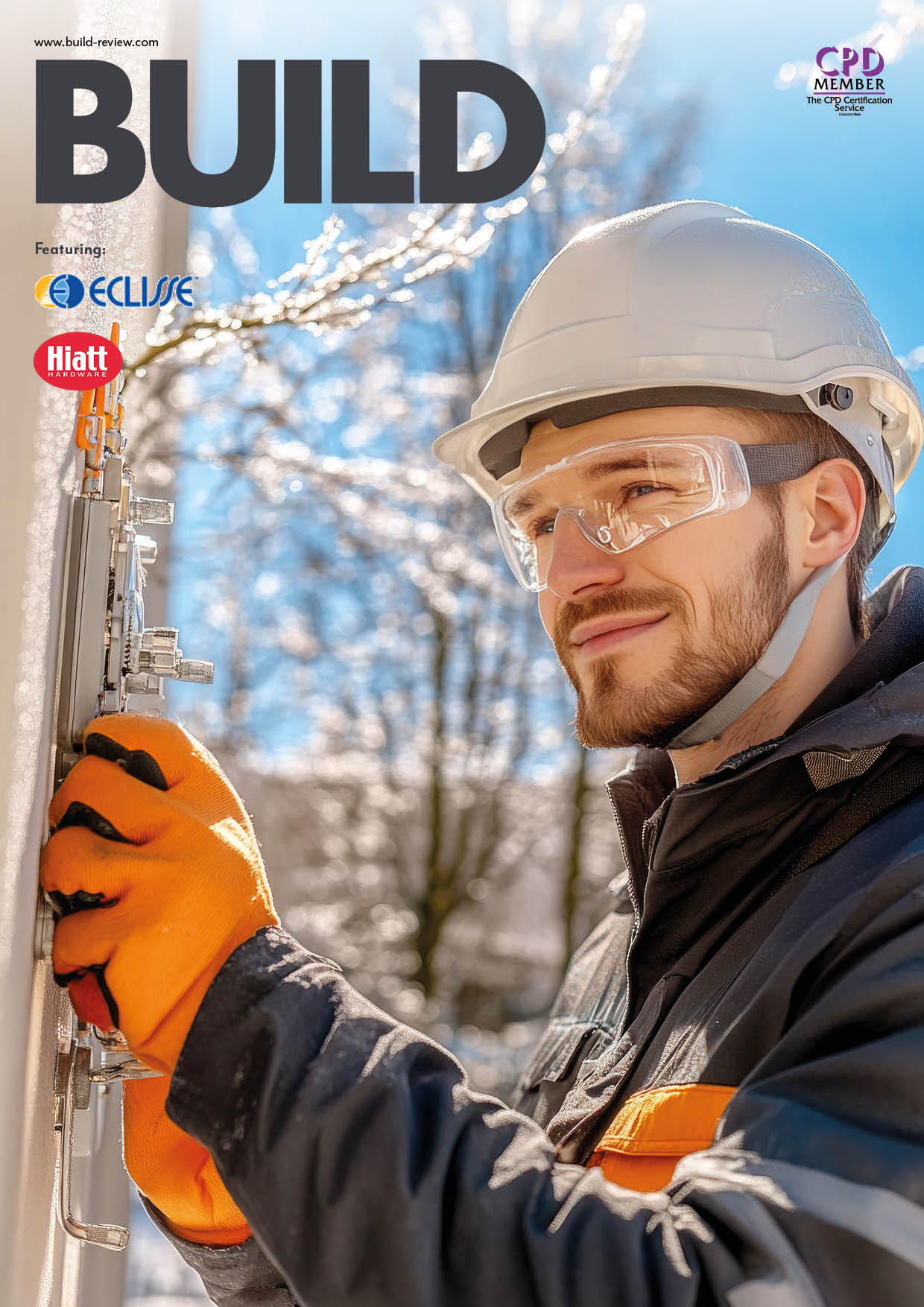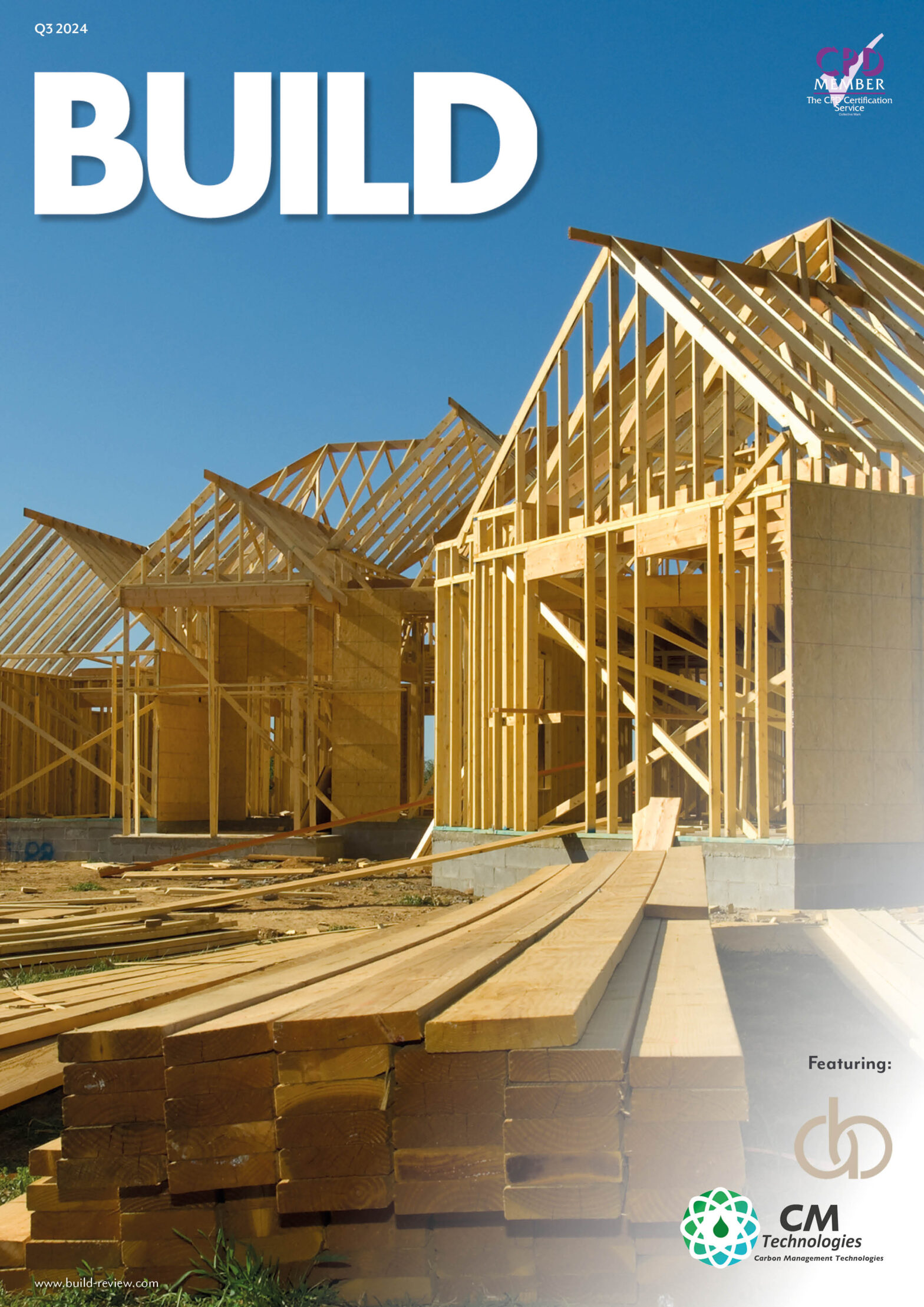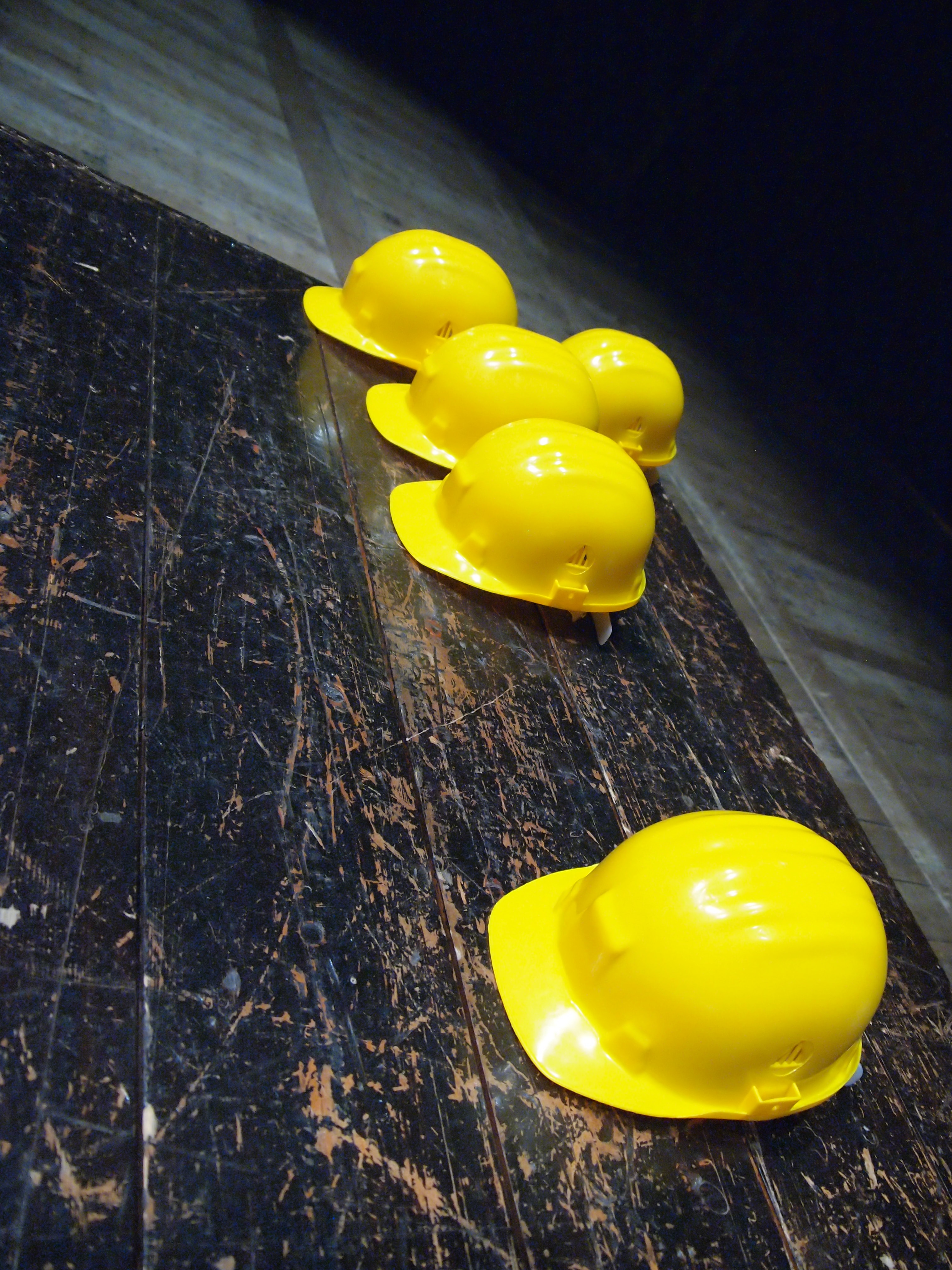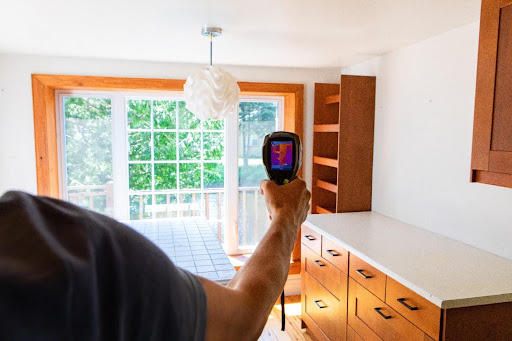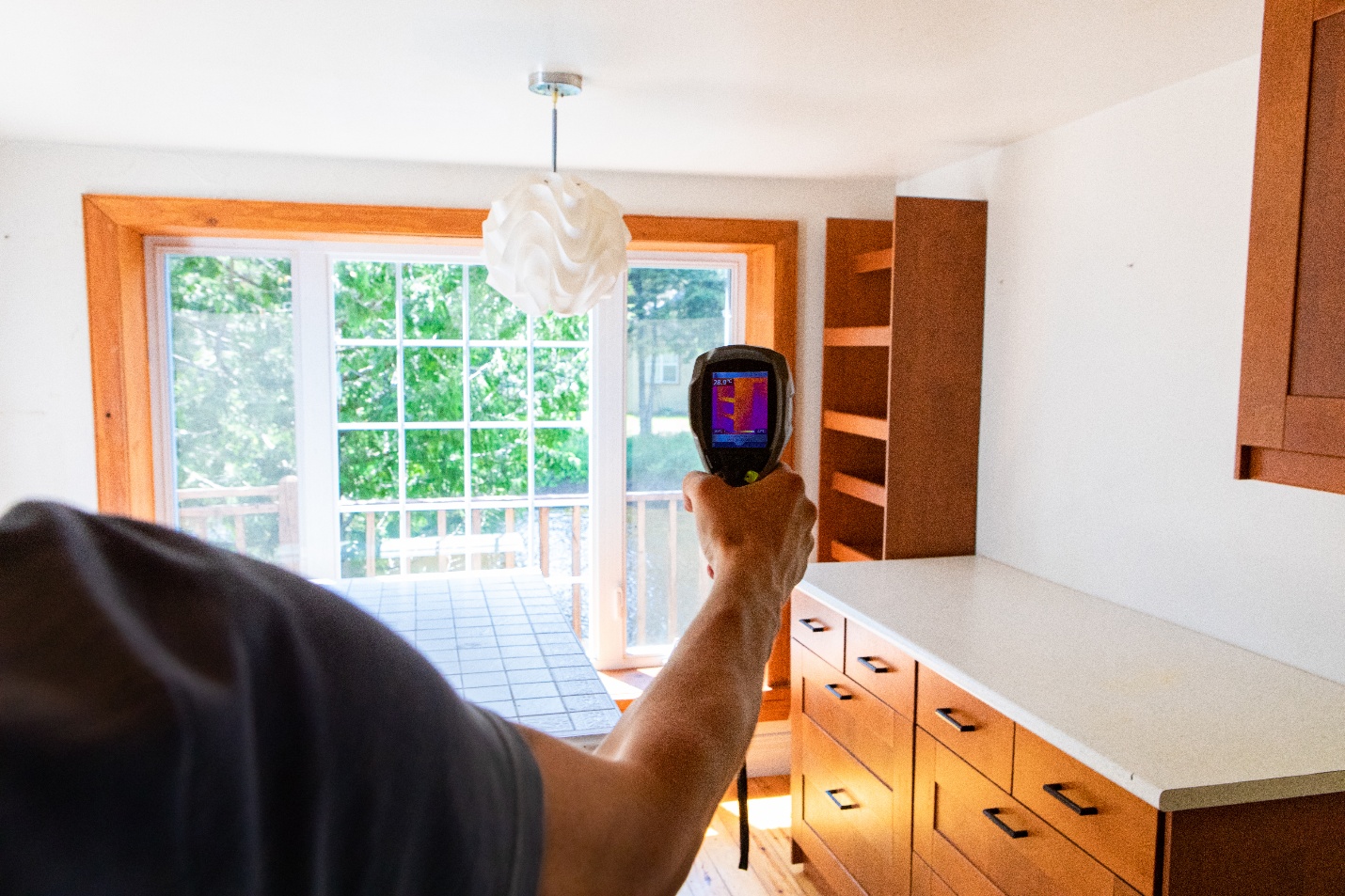
Photo credit
Water doesn’t always come crashing through your ceiling. Sometimes it seeps in quietly, gathering behind drywall, under floors, inside crawlspaces. And by the time you smell something off or see a stain, the damage is done.
Whether you’re managing luxury builds, investment properties, or commercial developments, one silent leak can destroy value, trigger insurance headaches, and eat into your capital reserves. Early detection is not just smart. It’s essential.
Here’s how to stay ahead of the damage before it gets expensive.
Treat the Water Bill Like a Clue
Your water bill knows more than you think. If usage spikes without any major change in occupancy or activity, don’t ignore it. That uptick could be a hidden leak quietly wasting money and wearing down your building’s infrastructure.
According to the EPA’s Fix a Leak Week initiative, household leaks alone can waste nearly 1 trillion gallons of water each year in the U.S. alone. That’s not just wasteful—it’s expensive.
Owners of custom homes and commercial spaces should track month-over-month trends. For property managers, monitoring usage across multiple units can help isolate where something is off.
Use the Water Meter to Get Instant Clarity
Turn off every faucet, appliance, and irrigation system. Then watch the water meter. If it’s still moving, you’ve got a leak.
This simple test works in single-family homes and large buildings alike. For multi-residential or commercial sites, consider upgrading to sub-meters or smart water systems. These offer real-time insight, floor by floor, unit by unit.
Check the Spaces People Avoid
Leaks love the places no one wants to crawl into. Behind hot water tanks. Around HVAC units. Under sinks. Inside mechanical rooms.
Moisture meters and infrared cameras can help here. They give you a view behind the walls without tearing anything open. In large buildings, service shafts and maintenance zones should be inspected regularly—even if no one’s complained. Yet.
Watch for Subtle Visual Warnings
Not every leak comes with a dramatic stain or pool of water. Some leave behind whispers.
Look for:
- Bubbling or peeling paint
- Warped or uneven floors
- Discolored patches on ceilings
- A musty smell that never seems to leave
The International Association of Certified Home Inspectors offers a helpful breakdown of these early warning signs. In newer builds, they can point to issues like flashing failures, poor drainage, or high-pressure pipe fittings beginning to fail.
Know When to Bring in Tech
You can’t always DIY your way to an answer. Some leaks hide deep inside walls or under concrete, and that’s when technology matters.
Acoustic sensors, pressure tests, and thermal imaging can find what flashlights can’t. For larger properties, it’s worth scheduling a professional leak inspection at least once a year, especially before or after extreme weather seasons.
Build to Prevent, Not Just to Withstand
Resilient buildings don’t just hold up under pressure. They’re designed to avoid it in the first place.
That means integrating:
- Smart shut-off valves that react to irregular flow
- Remote monitoring systems for early alerts
- Sloped mechanical rooms with drainage plans
- Redundant waterproofing in all wet zones
Proactive features don’t just reduce risk. They increase property value and give buyers or tenants confidence in the build.
Respect the Seasons and the Shifts
Modern materials are strong, but they still move. Freeze-thaw cycles, soil shifts, and seasonal expansion can all put stress on plumbing systems. Joints loosen. Pipes crack. Condensation builds in forgotten corners.
Routine seasonal inspections can catch these small shifts before they turn into waterlogged problems. Train your maintenance team to look beyond the obvious.
Teach Tenants and Teams What to Look For
The people inside your buildings can either be your first line of defense or your last call before disaster. The difference is education.
Send quarterly reminders with tips for spotting early signs. Encourage immediate reporting of musty smells, warped baseboards, or unexplained wall damage. Small reports can prevent massive damage.
Don’t Let a Drip Become a Demo
Water damage rarely starts big. It starts small, waits for you to get comfortable, then wrecks your investment.
Be proactive. Stay consistent. And when things move past your team’s capabilities, call in professionals who know where to look, what to fix, and how to protect what you’ve built.
For expert leak detection and trusted repairs, rely on Apple Plumbing Heating & Air. Their decades of experience mean fewer surprises, faster fixes, and long-term peace of mind.




